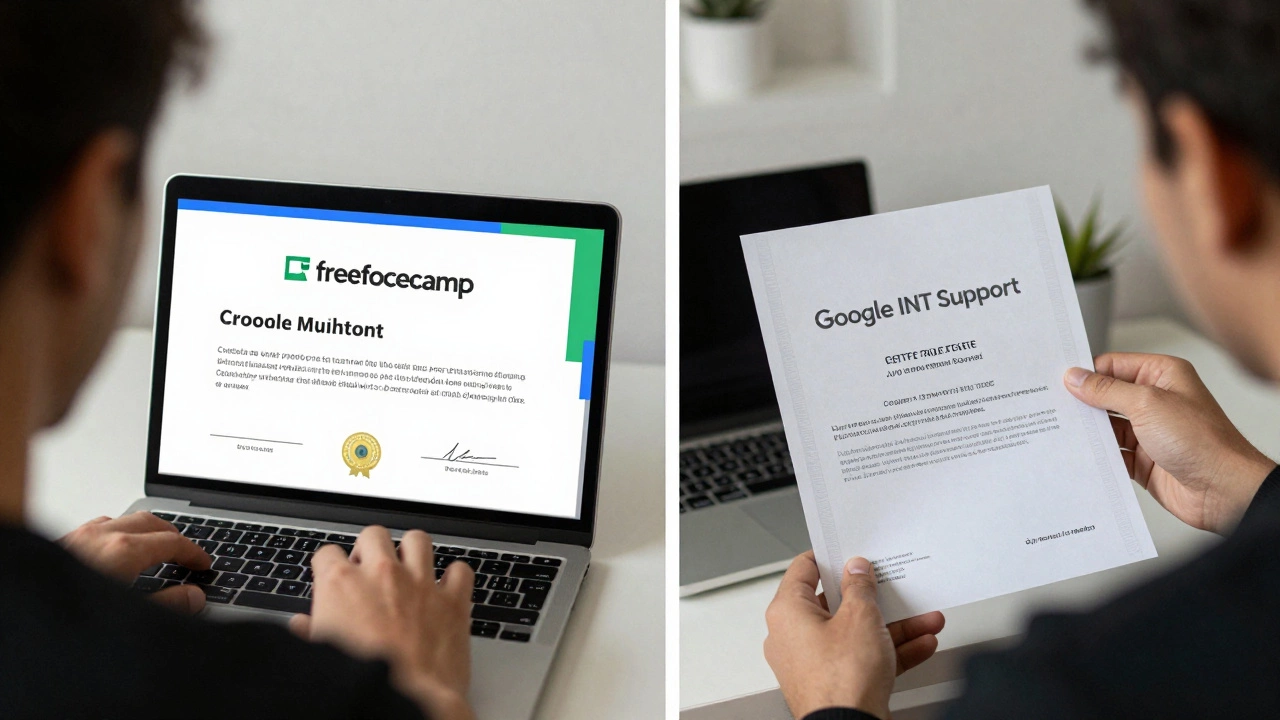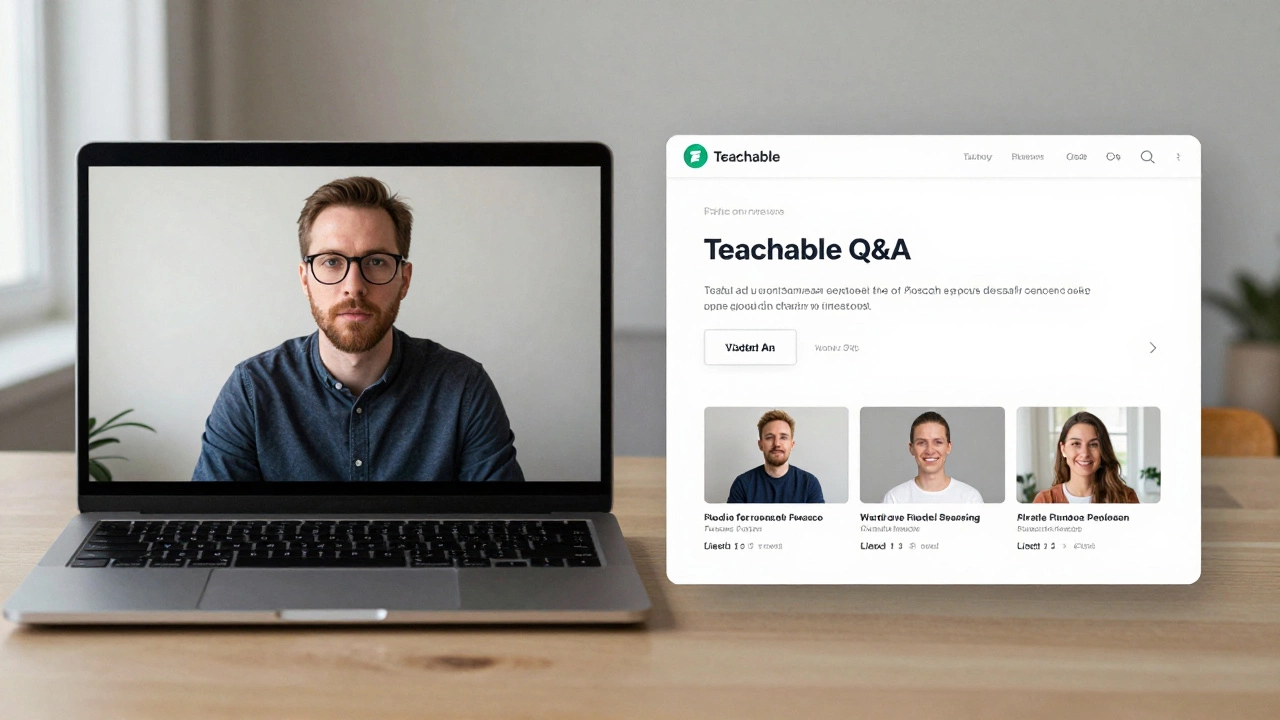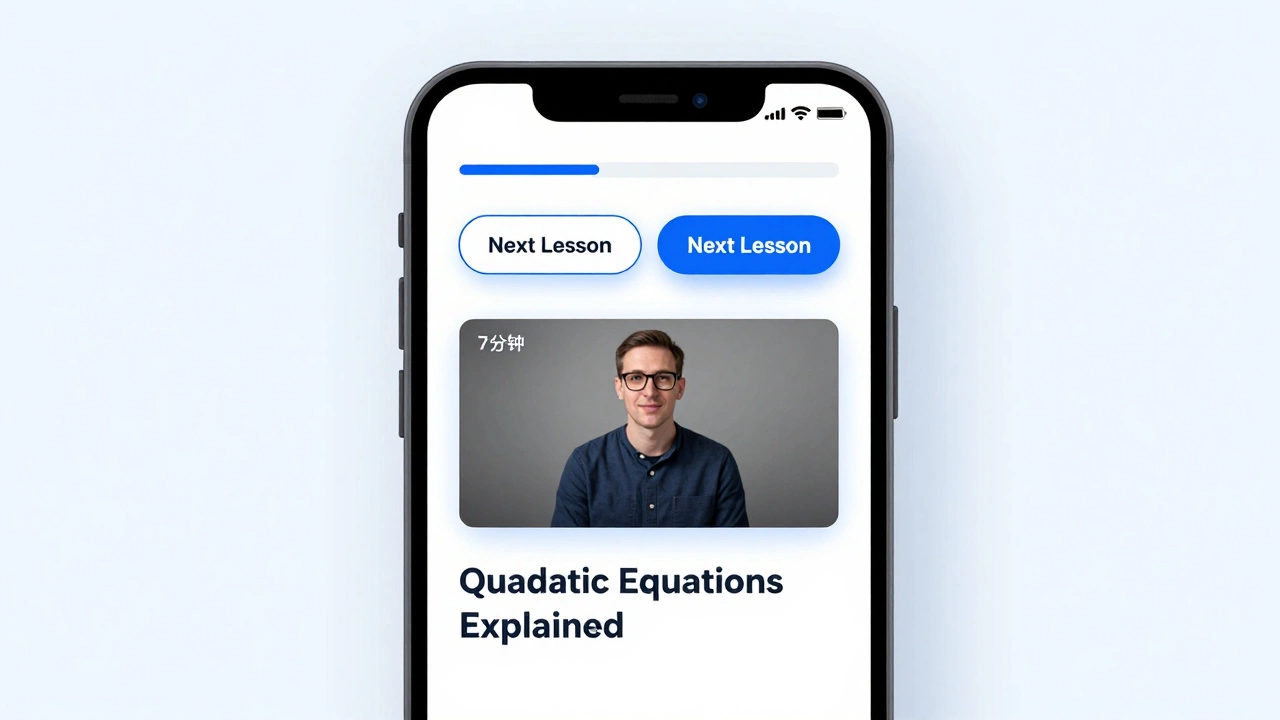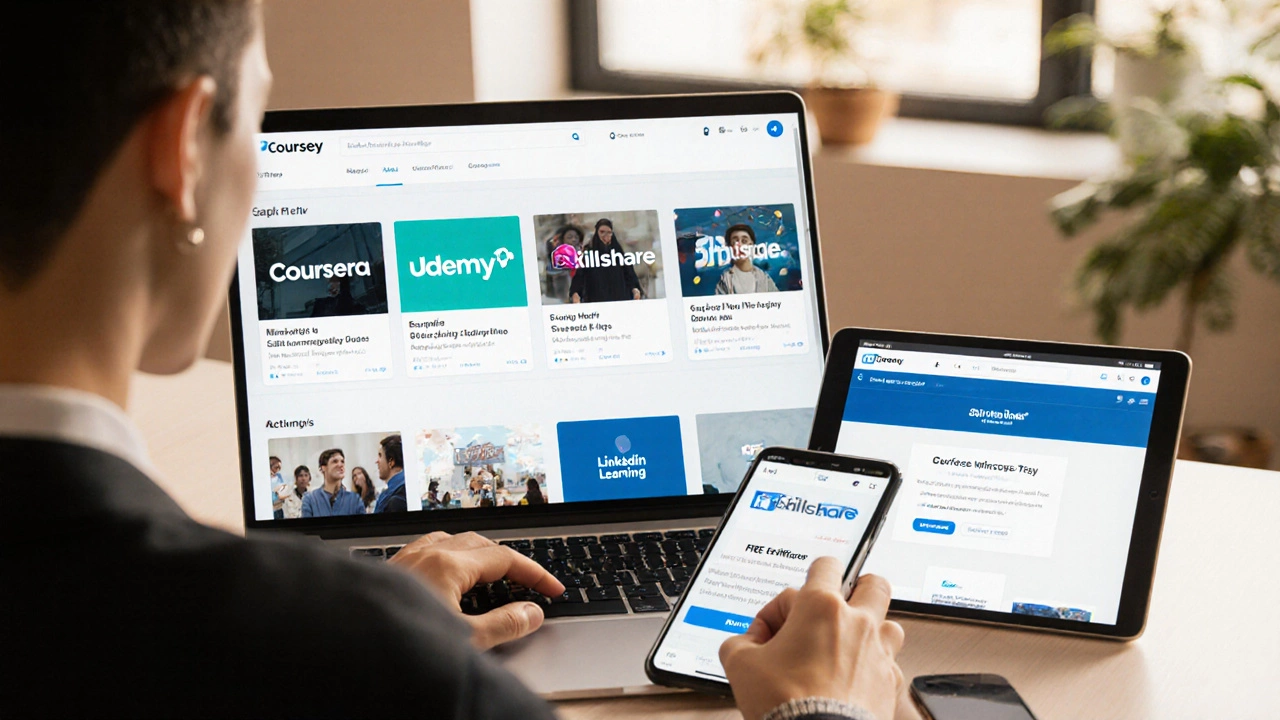E Learning Guides, Tools & Tips for 2025
Online learning has gone from a niche experiment to everyday reality. Whether you’re a teacher, a student, or just curious about digital classrooms, you need clear answers fast. This page gathers the most useful eLearning articles so you can skip the guesswork and get straight to what works.
Choosing the Right E‑Learning Platform
First thing people ask: which platform should I pick? Start by listing what you need – a simple course host, a full‑blown Learning Management System, or a marketplace for many instructors. Compare cost, user‑friendliness, and mobile support. Free trials help you feel the interface before you commit.
Traditional LMSs like Moodle give you grading, quizzes, and detailed reports. Simpler tools such as Teachable focus on fast video uploads and easy checkout. If your goal is corporate training, look for analytics dashboards. If you just want to share a handful of lessons, a free app might be enough.
Saving Money & Boosting Engagement
Budget is always a concern, so hunt for genuinely free apps. Khan Academy, Google Classroom, and several open‑source LMSs let you start without spending a rupee. Use built‑in quizzes, polls, and discussion boards to keep learners active – the more they interact, the higher the completion rates.
When you need premium features, consider a modular approach: pay only for the add‑ons you truly need, like advanced reporting or custom branding. Many platforms offer discounts for annual plans, which can cut costs by up to 30 %.
Content creation doesn’t have to be pricey. Record videos with a smartphone, edit with free software, and add captions using auto‑generated tools. Pair videos with short worksheets to reinforce learning, and you’ll have a solid module without hiring a production crew.
If you’re setting up an eLearning space from scratch, focus on three basics: a reliable internet connection, a clean learning management dashboard, and a simple way for students to ask questions. A dedicated chat channel or a weekly live Q&A can make a big difference in how connected learners feel.
Google’s suite of tools—Classroom, Slides, Docs—acts like a lightweight LMS. You can organize assignments, share resources, and track progress without extra cost. Combining these with free video hosting on YouTube keeps everything in one place.
Certificates from platforms like Coursera are gaining acceptance, especially in tech fields. While they don’t replace a degree, they can boost a résumé and show concrete skills. Look for courses that include a recognized badge or industry partner endorsement.
Ready to dive deeper? Browse the articles below for step‑by‑step guides, cost breakdowns, and app reviews. Each piece is written for people who want real results, not marketing fluff. Start exploring and build your eLearning setup today.
How Much Does It Cost to Get Coding Certification Online in 2026?
Find out the real cost of online coding certifications in 2026 - from free options to $18,000 bootcamps. Learn what delivers real value and how to pick the best program for your goals and budget.
Which online teaching platform is best for 2025?
Find the best online teaching platform for your needs in 2025-whether you're tutoring, selling courses, or managing a classroom. No fluff, just clear comparisons and real choices.
Best apps to teach online in 2025
Find the best app to teach online in 2025 based on your teaching style. Compare Zoom, Google Meet, Microsoft Teams, Outschool, and Demio with real pros and cons for tutors and educators.
What Is a Common Digital Platform for Learning?
A common digital platform for learning is a system like Moodle or Google Classroom that delivers courses, tracks progress, and connects students and teachers online. These platforms are used worldwide in schools, universities, and training programs.
What Makes a Good Digital Platform for E-Learning?
A good e-learning platform isn't about fancy tech-it's about simplicity, interaction, and real feedback. Learn what truly keeps learners engaged and helps them succeed.
How eLearning Works: A Simple Guide to Online Learning
Discover how eLearning delivers education online, its core components, delivery flow, benefits, challenges, and how to pick the right platform.
Best Platforms for Learning New Skills in 2025
Compare top e‑learning sites, see pricing, certification and best‑fit recommendations to find the ideal platform for mastering new skills.
eLearning Platform Development Cost: What You Need to Know in 2025
Thinking about building an eLearning platform? This article breaks down the real costs involved in 2025, from design to ongoing maintenance. Get insight into the main factors that raise (or lower) your bill, see some must-know tips to save money, and figure out where you shouldn’t cut corners. Whether you’re going for a simple course platform or a full-featured learning marketplace, it’s all here. By the end, you’ll have a clear idea of what to budget and why.
Best Free Apps for Online Teaching: Your E-Learning Guide
Wondering which free app can actually make online teaching smooth in 2025? This article sorts through the most popular choices, breaking down the pros, cons, and special tips for each. You'll find honest comparisons, based on real teacher experiences, not just marketing hype. There's a focus on user-friendliness, features that matter, and how these platforms manage things like assignments and communication. Whether you're coaching kids, adults, or a mix, you'll know exactly what to try after reading.
What Does LMS Stand For? Your Simple Guide to E-Learning Platforms
Curious about LMS? This article breaks down what 'Learning Management System' really means and how it powers online education. You'll discover what makes a good LMS, who uses them, and why they matter for schools and businesses. Get straight answers, practical tips, and some eye-opening facts about the world of digital learning. If you're picking a new platform or just want to understand the buzz, this is the no-nonsense guide for you.
Which Educational App Is Totally Free? Find Out Here
This article cuts through the confusion to show you which educational apps are actually free, no trial tricks or hidden fees. You'll get tips on how to spot truly free platforms, fun facts about the apps, and ways to maximize your learning. If you've been burned by 'free' apps that hit you with paywalls, this guide gets straight to what works. Look out for practical advice on using top picks like Khan Academy and clever hacks for keeping your learning totally costless. Whether you're a student, parent, or just curious, you'll leave knowing exactly where to go for real free learning.
Setting Up E-Learning: Quick and Easy Guide
Setting up e-learning environments can seem tricky, but with the right steps, it becomes straightforward. This guide covers the main components needed for online education, including choosing platforms, content creation, and engaging students. Learn useful tips and facts about tools and strategies to ensure a successful e-learning setup. Discover simple techniques that transform teaching into an engaging online experience.











